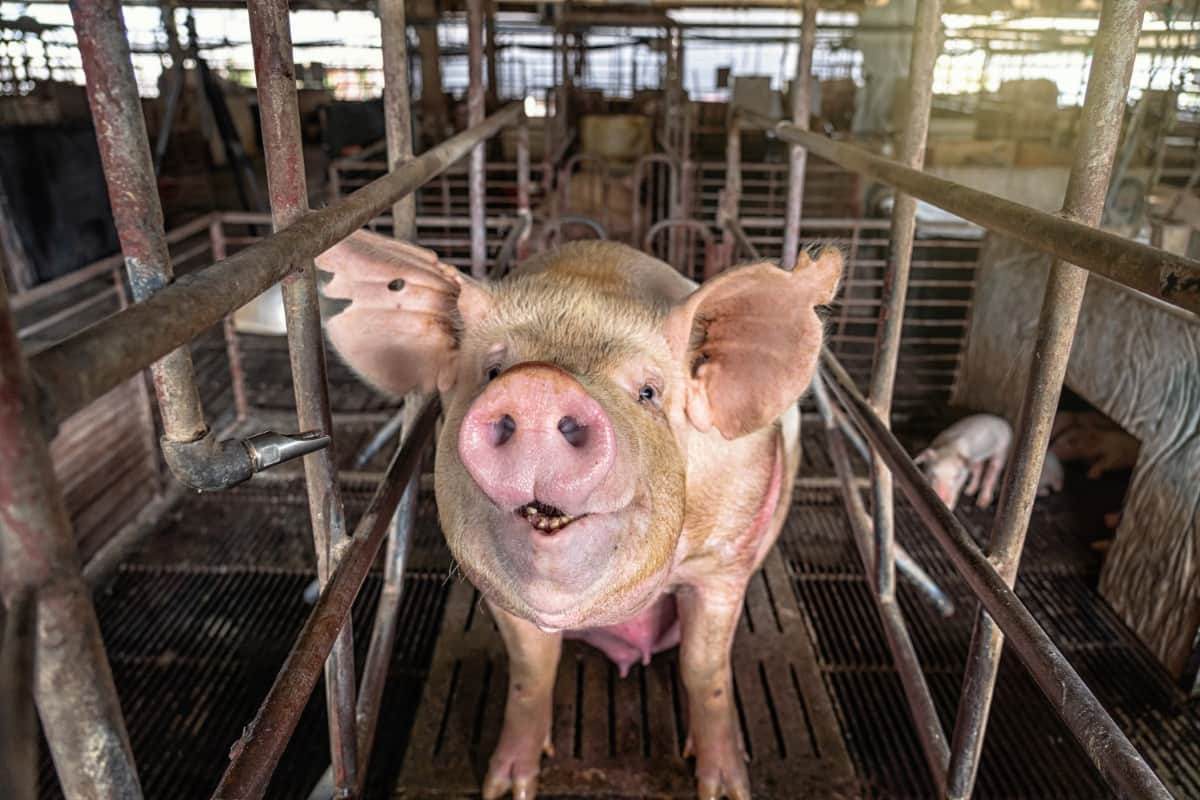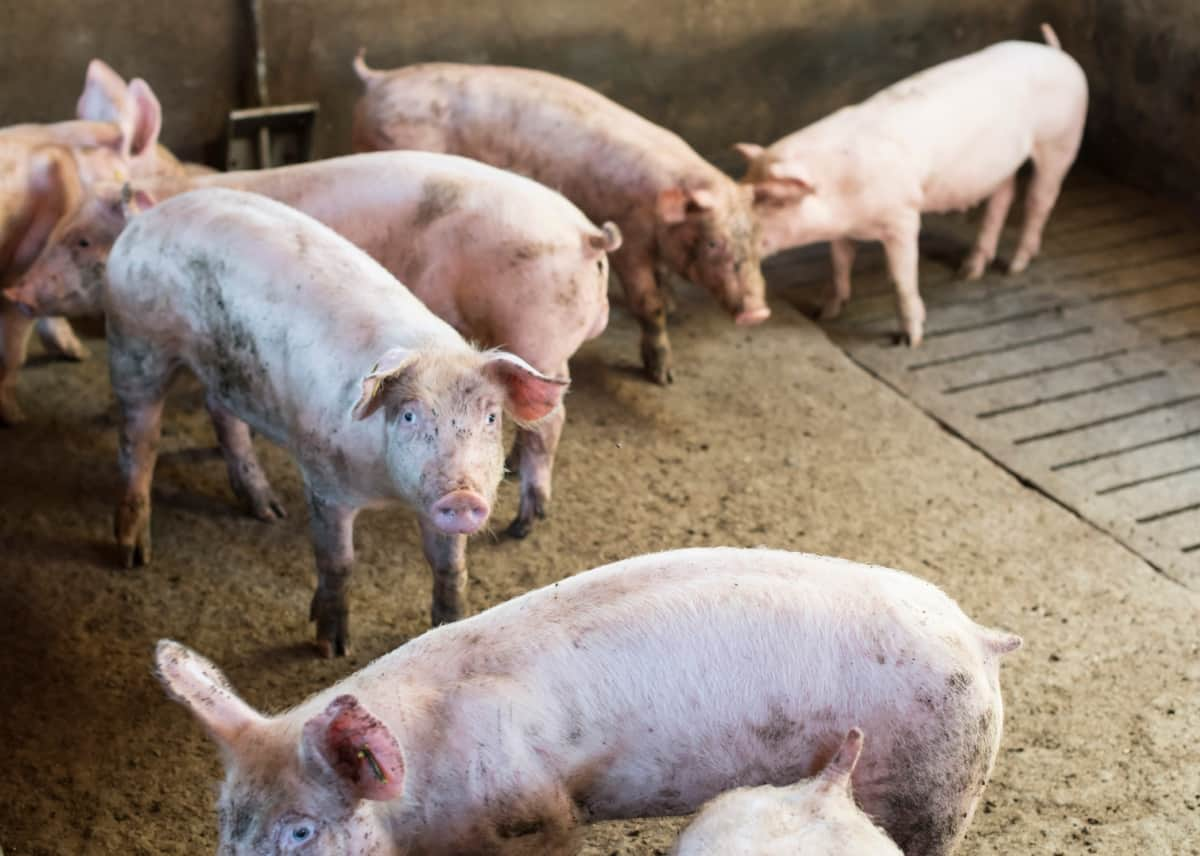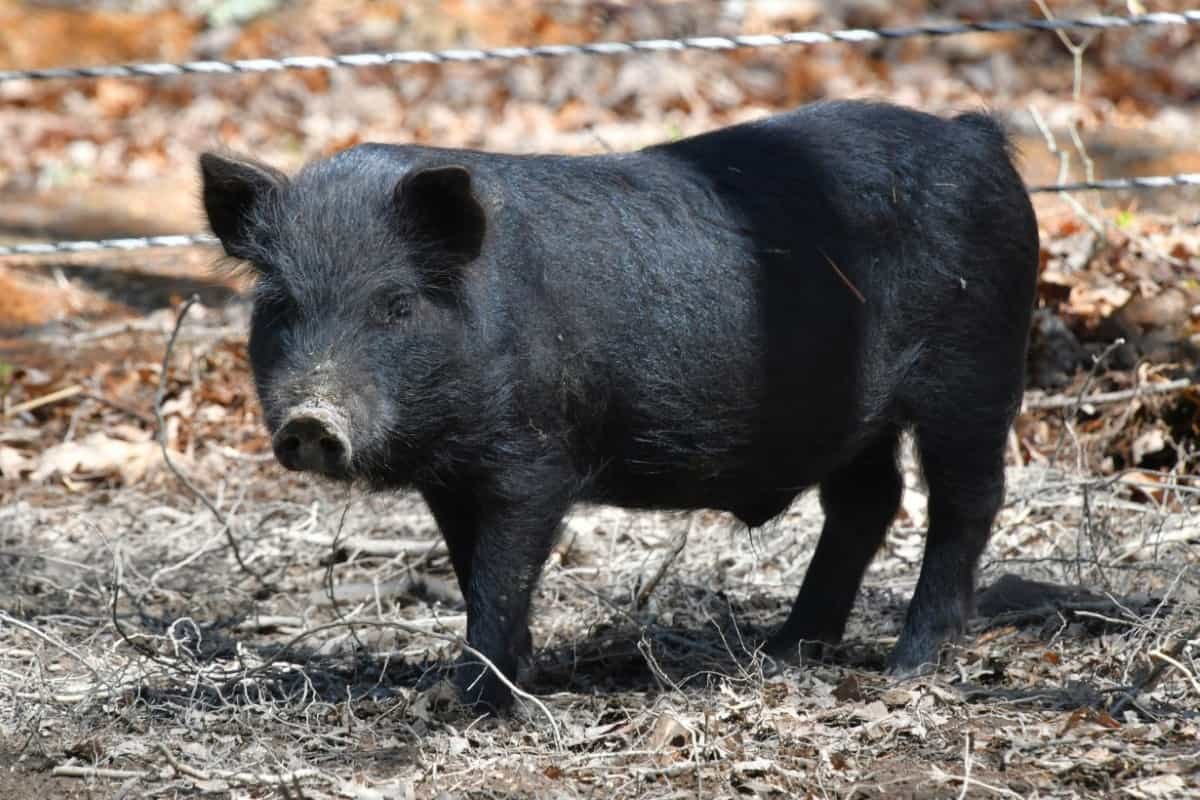One cannot discuss pig farming in Vietnam without understanding the current market. Currently, the pig farming business in Vietnam is witnessing a significant surge, largely due to the increasing demand for pork domestically and internationally. The livestock sector in Vietnam holds a prominent position not only as a significant contributor to about 5% of the overall agricultural GDP but also as a major employer.

This promising market landscape offers lucrative opportunities for those who want to venture into the pig farming business in the country. However, to achieve high profits, one must devise an effective business plan that aligns with the local market needs and global trends.
Vietnam Pig Farming Business Plan
Developing a Comprehensive Business Plan
Every profitable venture begins with a robust business plan, and pig farming is no exception. The cornerstone of an effective business plan lies in conducting extensive market research, followed by strategic planning of the farm’s operations, financial requirements, and marketing efforts. Essential elements of the business plan should include farm location, selection of pig breeds, farm infrastructure, food and health management, waste management, breeding and production plans, financial projections, and marketing strategies.
Choosing the Farm Location
Choosing an appropriate location for a pig farm is a critical decision. The farm’s location will affect several aspects, such as the availability of resources, transportation costs, and biosecurity measures. Ideally, the location should be easily accessible, have a good clean water supply, and be near feed suppliers and veterinary services. The site should also be large enough for future expansion and be far away from residential areas to minimize possible public health concerns and noise disturbances.
Selecting Appropriate Pig Breeds
Many pig breeds are suitable for commercial farming, but the selection should be based on their adaptability to the local climate, growth rate, and meat quality. In Vietnam, the most commonly raised pig breeds include the local breeds, such as Mong Cai, and exotic breeds, like Large White, Landrace, and Duroc.
However, crossbreeds between local and exotic breeds are also popular due to their improved growth performance and disease resistance. As breed selection directly impacts the productivity and profitability of the pig farm, it is critical to choose breeds that best suit the specific conditions of your farm and the market demands.
Infrastructure and Resources
The infrastructure of the pig farm is another key factor that contributes to the business’s success. Proper housing, feed storage facilities, waste management systems, and security measures are necessary. Pig housing should provide a comfortable environment, protecting them from extreme weather conditions and potential diseases.
In case you missed it: Nigeria Pig Farming Business Plan: Solid Strategies for High Profits

In addition, it should facilitate easy feeding, cleaning, and monitoring of the pigs. Feed storage facilities should keep the feed dry and free from contamination, while a waste management system should effectively handle the farm’s waste, minimizing environmental pollution and potential disease spread. Finally, adequate security measures should be in place to protect the farm from theft and predators.
Food and Health Management
Food and health management is an essential aspect of successful pig farming. The pigs should have a balanced diet that meets their nutritional needs, which varies based on age and reproductive status. Regular health check-ups, vaccinations, and disease control measures are crucial to keep the pigs healthy and productive. Establishing a relationship with a local vet who can provide immediate assistance when needed is advisable.
Breeding and Production Plan
A breeding and production plan sets the timeline for the pigs’ breeding, gestation, farrowing, weaning, and fattening stages. The production plan also includes proper record-keeping of the pigs’ performance. As part of a breeding and production plan, you must implement strategies to maximize the number of piglets born and survive weaning.
Efficient production also includes reducing the time between weaning and the next pregnancy of the sows. Using genetically superior boars for breeding is crucial, either by keeping boars on the farm or using artificial insemination. Overall, an effective breeding and production plan should aim to achieve high productivity while maintaining the health and welfare of the pigs.
Financial Management and Projections
Financial management is an integral part of a pig farming business. All income and expenses related to the pig farm should be tracked and analyzed to assess the business’s profitability and financial sustainability. A comprehensive financial plan should include initial investment costs, operating expenses (such as feed, veterinary services, labor, and utilities), and expected income from selling pigs or pork.
Additionally, financial projections should be made several years ahead, considering potential market changes and unforeseen costs. It is also recommended to have a contingency plan in case of emergencies such as disease outbreaks or market crashes.
Marketing Strategies
Even the best-produced pork may not fetch the desired profits without effective marketing strategies. Therefore, a crucial part of the business plan is identifying potential customers and developing strategies to reach them. This could include direct marketing to consumers, supplying to local markets or restaurants, or exporting to other countries. Keeping abreast of the latest market trends, consumer preferences, and competitors’ strategies is vital. Offering unique selling points, such as high-quality pork, organic produce, or specific breeds, can also help attract customers and secure a niche in the market.
Legal and Ethical Considerations
Lastly, legal and ethical considerations must be part of the business plan. In Vietnam, pig farms must comply with local laws and regulations related to animal welfare, environmental protection, and public health. For example, they must manage waste properly to avoid polluting the environment and spreading diseases.
In case you missed it: Asia Pig Farming Business Plan: Solid Strategies for High Profits

They must also ensure that the pigs are treated humanely, with adequate space, food, and medical care. Failure to comply with these regulations may lead to financial penalties or, in severe cases, the forced termination of farm operations. On top of these, complying with ethical standards can enhance the farm’s reputation and win consumer trust, contributing to the business’s long-term success.
Conclusion
A solid business plan is key to achieving high profits in Vietnam’s pig farming business. Moreover, it should stick to local regulations and ethical standards, ensuring the business’s sustainability and the pigs’ welfare.
- Feed Your Flock for Less: Top 10 Tips to Save on Chicken Feed
- Ultimate Guide to Ossabaw Island Hog: Breeding, Raising, Diet, and Care
- Hatching Answers: The Top 10 Reasons Your Chickens Aren’t Laying Eggs
- Eggs and Economics: Breaking Down the Cost of Raising Backyard Chickens
- Defend Your Greens: Proven Methods to Keep Iguanas Out of Your Garden
- Ultimate Guide to Cinnamon Queen Chicken: A Comprehensive Guide for Beginners
- Ultimate Guide to California Tan Chicken: Breeding, Raising, Diet, Egg-Production and Care
- Ultimate Guide to Marsh Daisy Chicken: Breeding, Raising, Diet, and Care
- 10 Types of Chicken Farming Businesses You Can Start for Profits